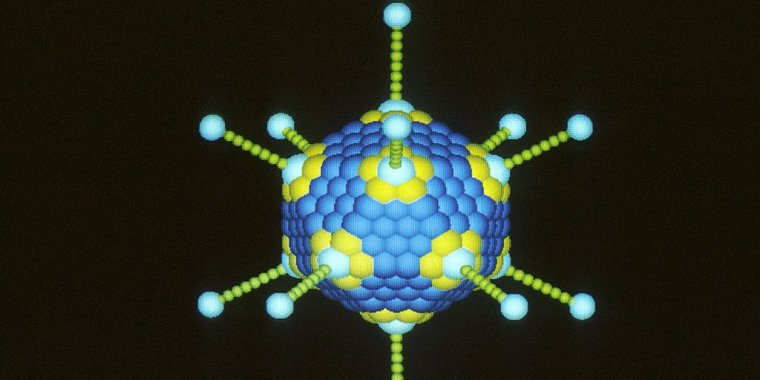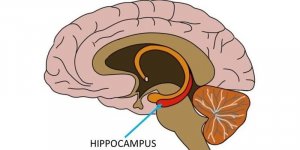| News / Science News |
Scientists Find Virus Linked to Weight Gain
The prospect of a vaccine to stop gaining weight by eating fat is getting closer to reality after scientists found compelling evidence linking obesity to an infectious virus.

Adenovirus. Image credit: Dr. Richard Feldmann/National Cancer Institute
Adenovirus-36 is found four times more often among the obese than in patients of a healthy weight.
Studies on animals indicate that the virus is responsible for adding up to 15 per cent to body weight. That’s a stone and a half for the average British woman, or two stone for a man.
The virus has a two-fold effect, not only irritating fat cells and causing them to become inflamed, but also preventing them dying and being flushed away by the body. The affected cells then accumulate, leading to obesity.
In a study using samples of healthy tissue from 80 women with breast cancer, four out of five who were overweight had the virus – against just one in five who were a normal weight.
Although the link could be the result of the cancer making the infection more likely, earlier research found that monkeys injected with the virus went on to gain weight. In other studies, at least 30 per cent of obese people were found to be infected but just 11 per cent of those with a healthy weight had the virus.
Adenoviruses are usually linked to colds and eye and bowel infections. A close relative of adenovirus-36 has already been proven to cause mice and monkeys to put on weight. Dr Wilmore Webley, of the University of Massachusetts, conducted the study into the breast cancer patients.
A vaccine for adenoviruses that cause respiratory problems is already used by the US Army – evidence a vaccine for the obesity virus could be developed.
Dr Richard Atkinson, Emeritus Professor at the University of Wisconsin, has already patented a vaccine for the virus. Academics in South Korea had tested the vaccine in animals and it had prevented the virus from infecting fat cells.
The vaccine could be given to young people to protect them from getting the virus and stop fat cells accumulating.
With millions of people around the world dying from obesity-related diseases each year, a vaccine could save thousands of lives. But not everyone is convinced. (Tasnim News Agency)
YOU MAY ALSO LIKE



